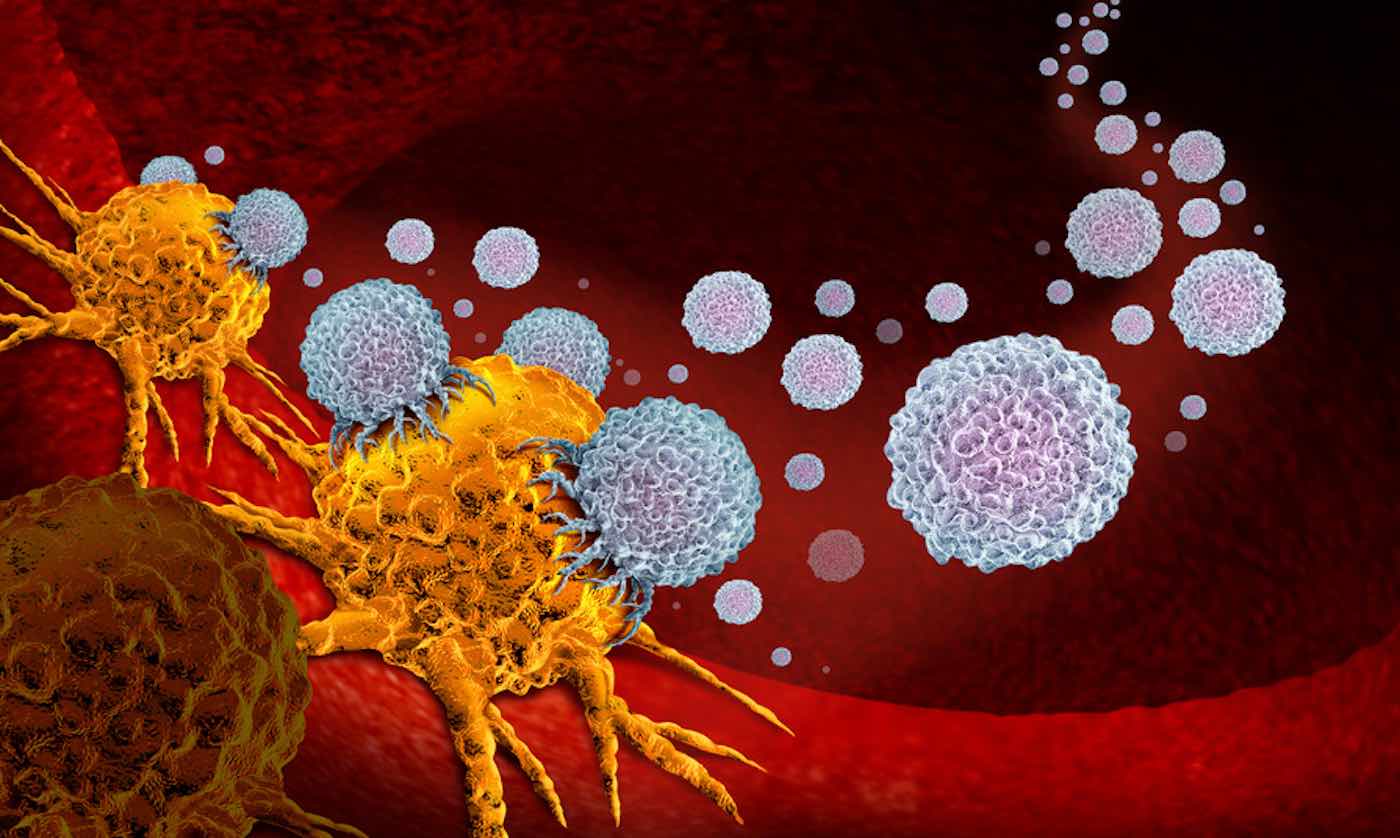
A virus that infects the humble black-eyed pea plant is showing great promise as a low-cost, potent cancer immunotherapy—thanks to researchers at the University of California San Diego.
The team led by chemical and nano engineers just published their study in Cell Biomaterials, showing how the cowpea mosaic virus (CPMV), unlike other plant viruses, is uniquely effective at activating the body’s immune system to recognize and attack cancer cells.
In preclinical studies, CPMV has demonstrated potent anti-tumor effects in multiple mouse models, as well as in canine cancer patients. When injected directly into tumors, CPMV therapy recruits innate immune cells—such as neutrophils, macrophages and natural killer cells—into the tumor microenvironment to destroy cancer cells.
Meanwhile, it activates B cells and T cells to establish systemic, long-lasting anti-tumor memory—an immune “reawakening” that not only helps clear the targeted tumor but also primes the immune system to hunt down metastatic tumors elsewhere in the body.
“It is fascinating that CPMV—but not other plant viruses—stimulates an anti-tumor response,” said Nicole Steinmetz, at UC San Diego’s Department of Chemical and Nano Engineering and the study’s corresponding author.
“What we found most exciting is that although human immune cells are not infected by CPMV, they respond to it and are reprogrammed towards an activated state, which ultimately trains them to detect and eradicate cancerous cells,” said study first author Anthony Omole, a chemical and nano engineer who works in Steinmetz’s lab.
BREAKTHROUGH: The First At-Home Cervical Cancer Screening Device Was Approved by the FDA, Set to Roll Out This Year
It also offers a unique advantage as a cost-effective immunotherapy. Unlike many other therapies that require complex and costly manufacturing, CPMV can be produced using molecular farming. “It can be grown in plants using sunlight, soil and water,” Omole said.
But what makes this plant virus so effective at fighting cancer?
To investigate, the team, along with colleagues at the National Cancer Institute’s Nanotechnology Characterization Laboratory, performed a side-by-side comparison of CPMV with the cowpea chlorotic mottle virus (CCMV), a closely related plant virus that does not exhibit anti-tumor effects. Both viruses form similarly sized nanoparticles and are taken up by human immune cells at similar rates. Yet, once inside, the viruses produce different outcomes.
CPMV, the team found, stimulates type I, II and III interferons—proteins with well-known anti-cancer properties. “This is particularly interesting because some of the earliest cancer immunotherapy drugs were recombinant interferons,” noted Omole.
“CCMV stimulates a set of pro-inflammatory interleukins that do not translate to effective tumor clearance. Another difference lies in how these viruses’ RNAs are processed within mammalian cells. CPMV RNAs persist longer and get delivered to the endolysosome, where they activate toll-like receptor 7 (TLR7), a critical component in priming antiviral—and more importantly—anti-tumor immune responses. CCMV RNAs, on the other hand, fail to reach this activation point.”
The team is working toward advancing CPMV to clinical trials.
MORE BREAKTHROUGHS:
• Fighting Cancer Without Fighting: Scientists Switch Tumor Cells Back to Healthy Ones at ‘Critical’ Moment’
• Simple Supplement Discovered Actually Causes Prostate Cancer Cells To Self-Destruct
• Hope for Patients with Aggressive Breast Cancer: Vaccine Trial Results in 88% Survival Rate After 3 Years
“The present study provides important insights into the mechanism of action of CPMV. We are diligently working toward the next steps to ensure that the most potent lead candidate is selected to achieve anti-tumor efficacy and safety,” Steinmetz said.
“This is the time and we are poised to move this work beyond the bench and toward clinical trials.”
SHARE THE INTRIGUING RESEARCH On Social Media…


